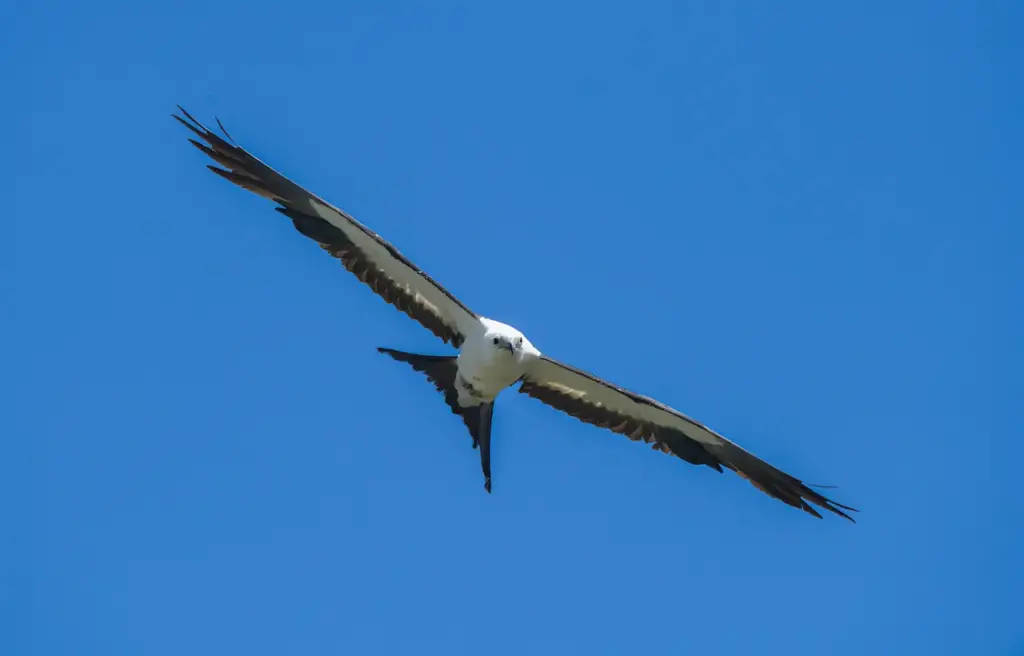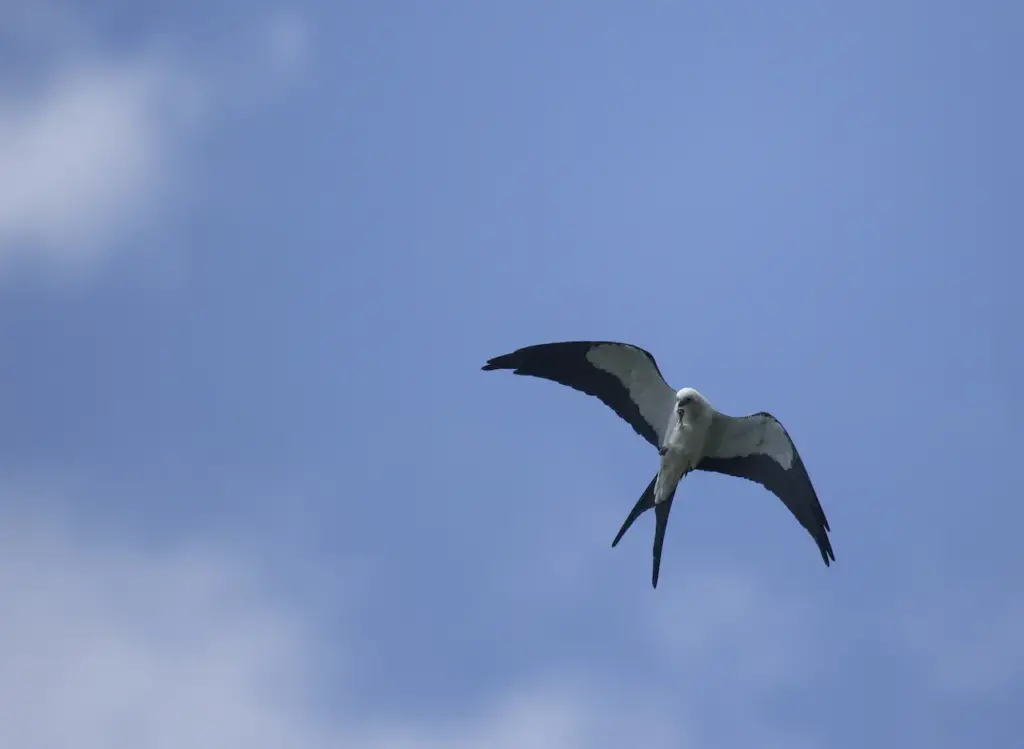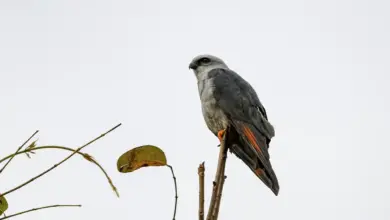Swallow-tailed Kites
The Swallow-tailed Kites (Elanus forficatus) is an elanid kite that breeds from the southeastern United States to eastern Peru and northern Argentina. Most North and Central American breeders winter in South America. It was formerly named Falco forficatus.

Physical description
The species is 55 to 65 cm in length, with a wingspan of approximately 1.3 m. Male and female individuals appear similar. The body is contrasting black and white. The flight feathers, tail, feet, bill are all black. Another characteristic is the forked tail, hence the name swallow-tailed.
Young Swallow-tailed Kites are duller in color than the adults, and the tail is not as deeply forked.
Habitat and behavior
Swallow-tailed Kites inhabit mostly woodland and forested wetlands near nesting locations. Nests are built in trees, usually near water. Both males and females participate in building the nest.
Sometimes a high-pitched chirp is emitted; though the birds mostly remain silent.
The Swallow-tailed Kite feeds on small reptiles and insects, and drinks by skimming the surface and collecting water in its bill.
Mating occurs from March to May, with the female laying 2 to 4 eggs. Incubation lasts 28 days, and 36 to 42 days to fledge.

Conservation in the United States
Swallow-tailed Kites are considered endangered or threatened in the United States. Destruction of habitats is chiefly responsible for the decline in numbers. A key conservation area is the Lower Suwannee National Wildlife Refuge in Florida.




